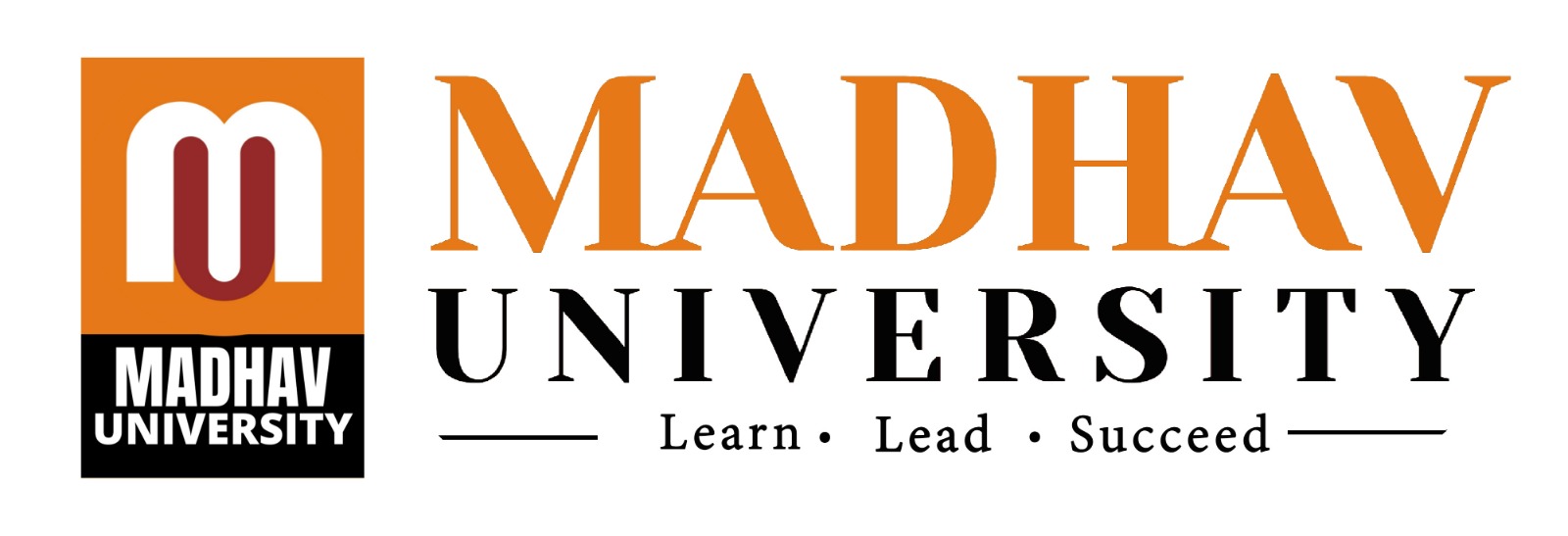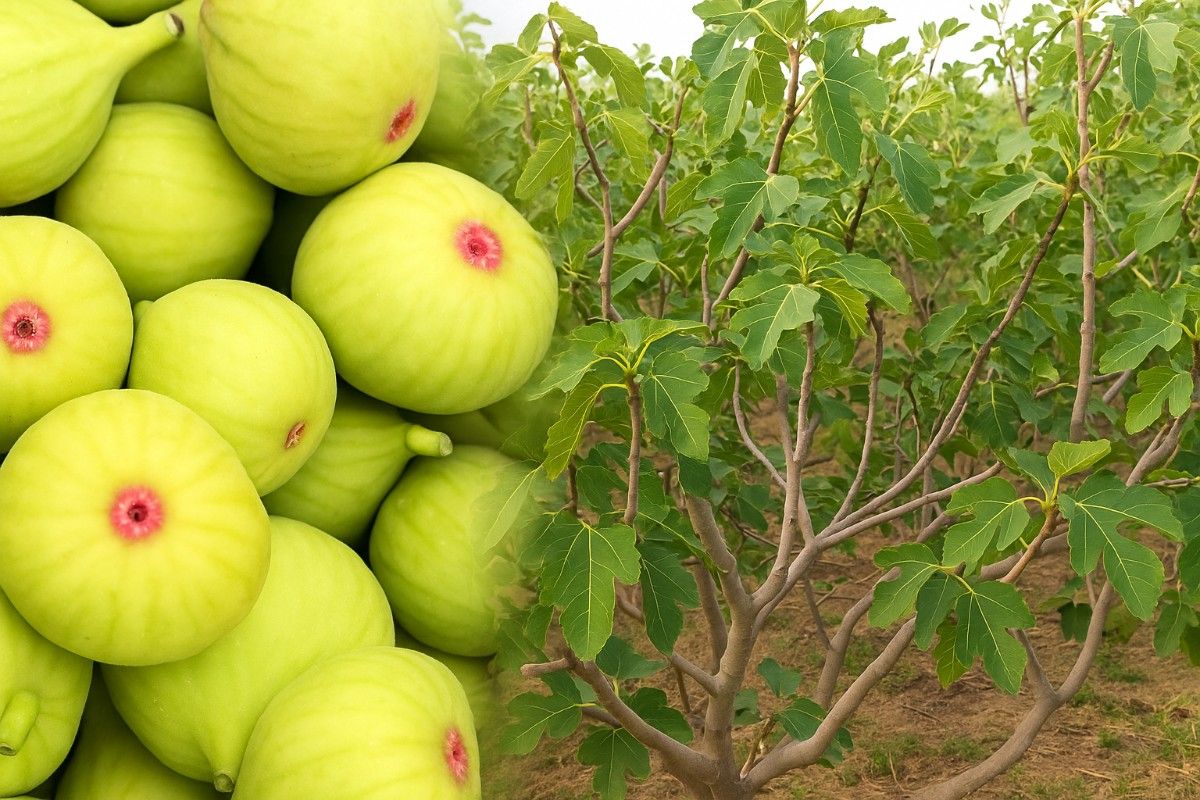B.N – Ficus caricaL.
Family – Moraceae
Chromosome No – 2n= 26(diploid)
Origin – West Asia
Inflorescence – Hypanthodium
Fruit type – Syconus
Edible part – Fleshy receptacles
Growth curve – Double sigmoid
Propagation – Hardwood cutting
Pollination – Wasp ( Blastophaga psenes )
Training – Singe stem
Fig is among oldest fruits to be cultivated on earth. Fig has different name in different languages. In Urdu it is called “Anjeer”. Fig is a very important fruit of the world. It is said to be fruit of heaven. This is a very old plant on earth. The scientific name of fig is Ficus carica. Ficus is a genus and carica is a specie. Fig belongs to moraceae family. The origin of fig is Mediterranean region and western Asia. It is an umbrella type tree with spreading branches and 7-10 m in height. Leaf of fig are broad with grey colour branches. Fig bear twice in a year. Flowers are unisexual. 1st bearing on previous year growth and 2nd is on new emerging shoot. Fig is botanically multiple fruit. The hollow fleshy fruit of fig is known as syconium. Fruit contains numerous seeds. The colour of fruit is green when ripe changing into blue or brown and fruit become soften
Climatic and soil requirements:
The fig is a subtropical fruit the optimum temperature for its good growth being 15.5 to 21oC. Buds of most cultivars requires some winter chilling. In mild tropical and subtropical areas, figs exhibit continuous growth without a distinct rest period. However, the tree usually has a semi- deciduous habit and enters into mild dormancy during October-January. Fruit qualities are also got influenced by climate.
A dry climate with temperature especially at the time of fruit development and maturation produces the best quality figs. High temperature like 35 to 38oC will result in premature ripening of fruits. Similarly, very low temperature will result in splitting and poor-quality fruits. Fig can be grown on a wide range of soil type. But deep, clay-loams are the best suited. Well drained alluvial clay loams or medium black soils are also good for fig cultivation. The fig is one of the most drought tolerant crops. It can tolerate sulphate and chloride salts. Soils having a high lime content produce fruits of better quality suitable for drying. But even a small amount of sodium carbonate in soil is injurious to fig.
Use
Figs can be eaten in both form fresh and dried. It can also be used in making jams and pickles. Fig is transport in dry or processed form. Once the fig is pick and do not transport in fresh form for distant market because fresh fig has very short shelf life. Different type of food products of fig is being use like fig paste, fig concentrate, fig powder, fig nuggets and sliced figs. Fig is being used in making fig jam. Flavour of fig is extracted and use in other product. 30 percent oil is contained by the fatty acids. Fig oil is edible and use as grease and lubricant. Humectants of figs make them a beneficial constituent in such wellbeing and loveliness goods as soap, conditioners and scent.
Nutrition Value
After the fruit harvesting, leaves of fig are being used for animal fodder. Calcium and fiber also found high quantity in fig. Experiments prove that dry figs are high in fiber, copper, manganese, magnesium, potassium, calcium and vitamin K according to human needs. Fig comprises small quantities of additional minerals. It is also use as antioxidants. Fig is a good source of flavonoids and polyphenols. Two figs produced a significant increase in plasma antioxidant capacity. Eight ounces of figs provide 30 percent of the recommended daily fiber. Figs have a reservoir of potassium and manganese. Fig fulfil 6% daily need of vitamin A, 9% of B1, 13% of B6, 10% of vitamin E and 13% of vitamin K. Kidney or gallbladder patients cannot use fig in high amount because it contains oxalates. The leaves of fig have less amount of insulin and triglycerides.
TYPES AND CULTIVERS
The figs are classified into four types based on the nature of flowers and the methods of pollination.
Common Fig
The flowers are pistillate, Fruits develop by parthenocarpy viz., without the stimulation of pollination and fertilization. Kadota, Mission, Adriatic, Brown Turkey, Celeste and Conadria are some cultivars of this type. Poona is one of the most important commercially grown fig. Introduction and evaluation of exotic figs from California at IIHR Bangalore reveals that varieties like ‘Deann’, ‘Conadria’ and ‘Excel’ have superior fruit and plant characters. These new varieties when grown on ‘Brown Turkey’ root stock (through chip budding) hold great promise for exploiting marginal lands in arid and semiarid regions.
Capri fig:
This type has short styled pistillate and functional staminode flowers. Most caprifigs are not edible, but are grown because they harbour a small wasp viz., Blastophaqa psenes which is necessary for pollination and fruit set in other types like Smyrna fig by transferring the pollen grains from caprifig.
Smyrna fig:
It is commercially the most important one. However, the fruits develop only when the flowers are pollinated with pollen from the male flowers of the caprifig transmitted by the wasp. Calimyrna is the common cultivar of this type.
Sanpedro fig:
In this type, the first crop is completely parthenocarpy, but the second crop develops only if the flowers are pollinated. The common cultivars of this type are Sanpedro, King and Gentile. In India, common fig is mostly grown. Some of the cultivars grown are Black Itchier, Brown Turkey, Turkish White, Kabul and Marseilles.
Propagation and plantings
Rooting of hard wood cuttings is the common method of propagation in fig. Rooting was the best in cuttings from 3-year-old wood with 30-40 cm length and 1.5 cm dia. Cuttings from the base of the shoot and lower part of crown have to be used as they root better.
Cuttings are taken during January-February at the time of pruning in North India whereas, the cuttings are taken during rainy season in South India. Fig can also be propagated by air layering, shield or patch budding and side grafting. Focus glomeration rootstock offers resistance to root knot nematode.
Spacing
A spacing of 8×8M2 is recommended depending upon the fertility status of the soil for maximum yield. Planting season varies from place to place viz., South India – August – September, Western India – June – July, North India – January – February.
After cultivation to keep the trees more productive and to facilitate inter cultivation operations, the fig trees are trained to a desired height and shape. The fig tree bears tow crops in a year, the first crop on the wood of previous season and the second crop on new wood of current season. Pruning is necessary to induce growth of flower bearing wood. The time and amount of pruning are adjusted according to the growth habit and bearing capacity of the tree.
Manuring and irrigation
Fig responds well to manuring. A quantity of 20kg of FYM, 500-600g N and 350-400g P2 O5 per year per tree can be recommended. Since it is a drought tolerant crop is mostly grown as rainfed crop. However, irrigation helps to increase the yield. During summer, the crop can be irrigated once in 10-12 days. Frequent irrigation lading to excess soil moisture will cause splitting of fruits. It should be borne in mind that during fruit ripening, the plants should not be given any irrigation because it will result in insipid fruits viz., fruits with bland taste.
Varieties
- Excel: for fresh eating and canning, suitable for HDP.
- Conardia– for drying and table purpose, suitable for HDP.
- Deanna – for table purpose, large size fruit.
- Dinker – (MAU, Parbhani)- Improvement over Daulatabad.
- Brown Turky – grown in India, used as rootstock.
- Poona – main cultivar of Bombay green.
- TP-7(MAU, Prabhani) – High TSS and big sized fruit.
Pruning
Pruning and training are very important in maintaining the yield and quality of fruit. After planting side branches are removed to increase the apical growth. Heavy pruning is recommended in the fig cultivation. Dead and disease able part remove immediately.
DISEASES:
Rust:
It is caused by Cerotoliumfici Small, round brownish to black eruptive lesions occur on the leaves. The rust causes heavy defoliation of leaves. It can be controlled by dusting with sulphur.
Fruit set, harvest and storage :
Disorder
Sunburn – Common problem in newly planted trees.
Fruit Splitting or Cracking – Nutritional deficiency, Coonardia and Deanna are, resistant.
References
- Babu, S., Das, A., Yadav, S.G., and Ngachan, S.V. (2018) Carbon sequestration in organic farming. In: Dutta, D., Ravishankar, N., Meena, A.L., Ghasal, P.C., Meena, L.K., et al. (eds) Carbon Sequestration and GHG Measurements. ICAR – Indian Institute of Farming System Research Modi Puram, Meerut, India, pp. 26–35.
- Roatan, R., Yadollahi, A., SarikhaniKhorami, S., Arab, M.M., and Vahdati, K. (2018) Rainfed fruit orchards in sloping lands: soil erosion reduction, water harvesting and fruit production. Acta Horticulturae1190, 107–111.
- Cutajar, S. and Mifsud, D. (2017) Good Agricultural Practice (GAP) for Fig Tree Cultivation. Plant Protection Directorate, Malta University Consulting, Lija, Malta
- Aldawood, A.S., Rasool, K.G., Alrukban, A.H., Soffan, A. Husain, M., et al. (2013) Effect of temperature on the development of Ephestiacautella (Walker) (Lepidoptera: Pyralidae): a case study for its possible control under storage conditions. Pakistan Journal of Zoology45, 1573–1578.
- Darwish, D.A., El-Berry, I.M, Mustafa, N.S, Moursy, F.S., and Hagagg, L.F. (2015) Detecting drought tolerance of fig (Ficus carica, L.) cultivars depending on vegetative growth and peroxidase activity. International Journal of Advanced Research2, 830–844
- Aksoy, U. and Akyüz, D. (1993) Changes in K, Ca and Mg contents in different parts of the fig fruit during development. In: Fragoso, M.A.C., vanBeusichem, M.L., and Houser’s, A. (eds.) VIII International Colloquium on Optimization of Plant Nutrition, 31 August–8 September, Lisbon, Portugal. Kluwer Academic Publishers, Dordrecht, The Netherlands, pp. 309–312.
– Kailash Parihar
Assistant Professor, Madhav University

